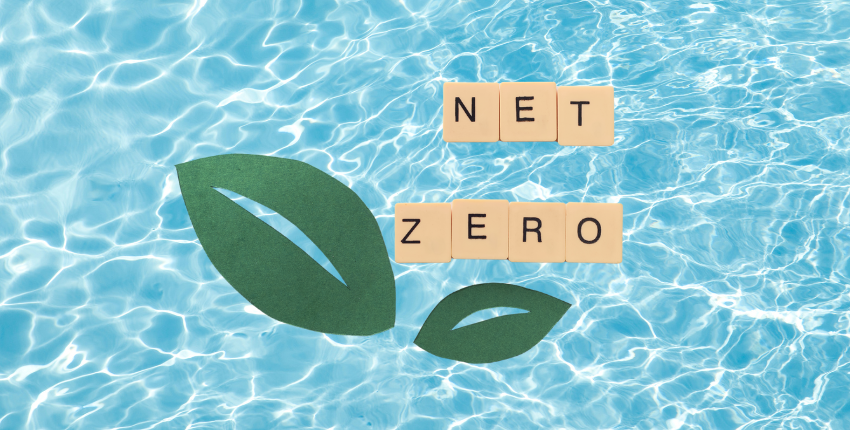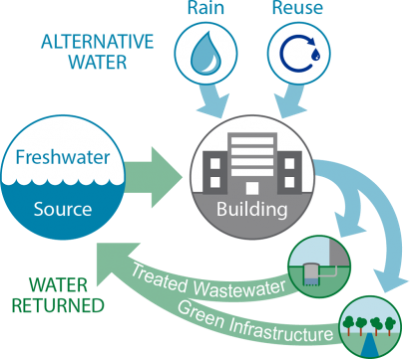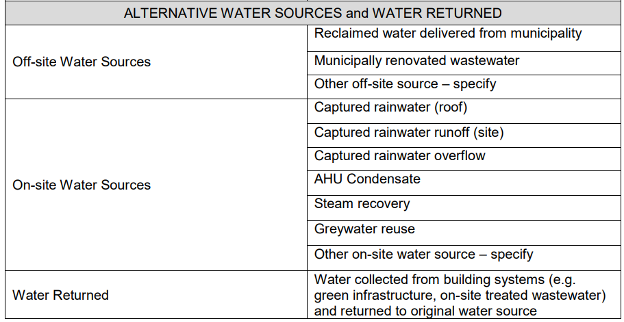Net zero water: strategies for building sustainably


In the quest for sustainable building practices, net zero water has emerged as a leading strategy for reaching ESG goals and LEED certifications. As the world grapples with water scarcity and climate change, architects, engineers, and developers are increasingly turning to innovative strategies to minimize water consumption and maximize efficiency in construction projects.
Net zero water, much like its energy counterpart, aims to balance building water use with water availability, ultimately striving for a neutral impact on community water resources. A net zero water building is designed to minimize total water consumption, maximize alternative water sources, optimize water reuse, and implement efficient water management practices throughout the lifecycle of a building.
Key strategies for building sustainably
To achieve a net zero water building, architects and owners can implement various tactics that assist in this ambitious yet essential objective. Here are a few actionable strategies for attaining a net zero water building.
- Add rainwater harvesting or stormwater collection systems
One of the most effective strategies for reducing reliance on municipal water sources is by collecting rainwater and stormwater. By capturing rainwater from roofs and stormwater from the site, buildings can supplement their water supply for non-potable uses such as irrigation, toilet flushing, and cooling systems, or they can reinject the treated stormwater back into the site’s water source Implementing green infrastructure like rainwater or stormwater capture requires careful planning and integration into the building’s design and can significantly contribute to achieving net zero water goals. - Implement onsite greywater or blackwater reuse systems
Wastewater collected from sources like sinks, showers, laundry, and toilets can be recycled and reused for various purposes within a building. Through treatment processes such as advanced filtration and disinfection, greywater and blackwater systems can reuse up to 95% of a building’s wastewater and produce effluent that is safe for irrigation, toilet flushing, and other non-potable applications. Incorporating onsite water recycling systems not only reduces demand for freshwater resources but it significantly lowers utility fees and minimizes the burden on centralized municipal treatment facilities, fostering a more sustainable water management ecosystem. - Install low-flow fixtures and water-efficient appliances
A simple yet impactful way to conserve water in buildings is by installing low-flow fixtures and water-efficient appliances. From faucets and showers to toilets and washing machines, modern, upgraded fixtures and appliances are designed to minimize water consumption without compromising performance. For example, faucets that meet energy efficiency standards for WaterSense will use 30% less water, and energy-efficient toilets can reduce water usage up to 60%, saving nearly 13,000 gallons of water per year per toilet. By using water-efficient alternatives, buildings can significantly reduce water usage, bringing them closer to net zero water targets. - Incorporate native landscape elements and xeriscaping
Landscaping plays a crucial role in water management around buildings, particularly in regions prone to drought and water scarcity. Xeriscaping, which involves using drought-resistant plants and minimizing water-intensive landscaping features, can significantly reduce outdoor water demand. Only planting species that are native to the region will also help in water usage, as they are adapted to the water levels that area typically receives. Additionally, incorporating permeable paving materials and rain gardens can help mitigate stormwater runoff, promoting groundwater recharge and reducing strain on municipal drainage systems. - Use water monitoring and management systems
Real-time monitoring and intelligent water management systems enable proactive identification of leaks, inefficiencies, and excessive consumption within buildings. By deploying sensors, meters, automated controls, and other PropTech applications, property owners can optimize water usage, detect anomalies, and implement timely interventions to minimize waste. These smart technologies enhance water efficiency and provide valuable insights for ongoing optimization and performance tracking while helping owners save thousands through early detection and prevention.
Understanding net zero water
Measuring net zero water is represented by a simple formula: A building’s total water use should be offset by its total alternative water used (water consumed from sources not derived from freshwater intake) plus its water returned (water collected from green infrastructure and onsite reuse systems) to be considered net zero water.
If the sum of alternative water use, treated wastewater, and stormwater returned to the original source is equal to or greater than the sum of the building’s total freshwater and alternative water use, it can be considered a net zero building. Stated as a simple equation:
Water Balance = Total Potable Water Consumed – (Total Alternative Water Used + Water Returned to Original Source)
USGBC’s LEED Zero certification, developed in 2019, recognizes a LEED Zero Water building as having a zero balance of potable water consumption over 12 months.
As a project example, consider a 500k sq. ft. office building. The building has a rainwater and condensate capture system, an onsite blackwater system, and multiple site LID (Low-Impact Development) stormwater infiltration basins. Because of the onsite blackwater system, the building’s potable demand (2,088,000 GPY) is reduced over 60% of its typical office counterpart that does not have onsite reuse. The project will reinject the rainwater/condensate capture (1,000,000 GPY) and excess treated wastewater (1,727,900 GPY) into the injection wells, returning that volume to the original water source, Therefore, the equation becomes:
Water Balance = 2,088,000 – (1,000,000 + 1,727,900) = <0
(i.e. a net zero water result, as more water is returned to the original source vs. potable demand on an annual basis)
As seen in the chart options, there are multiple alternative ways to achieve this net zero water result. The example above is just one way that an office project may achieve net zero water.
In the pursuit of sustainable construction practices, aiming for net zero water can lead to a more resilient building and up to 18 points toward LEED certifications, as well as contribute to other sustainability certifications such as Living Building Challenge. By adopting a holistic approach that integrates innovative strategies such as rainwater harvesting, greywater recycling, water-efficient fixtures, and smart water management systems, buildings can significantly reduce their water footprint and contribute to a more resilient and resource-efficient built environment. As the demand for sustainable buildings continues to rise, embracing net zero water principles will be essential in shaping a more sustainable and water-conscious future.



